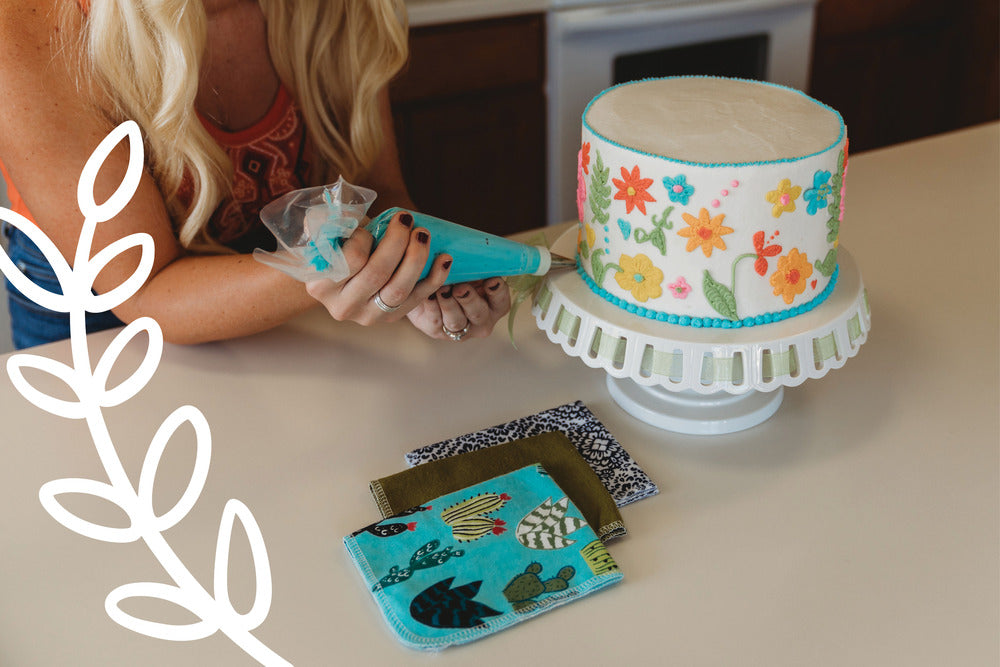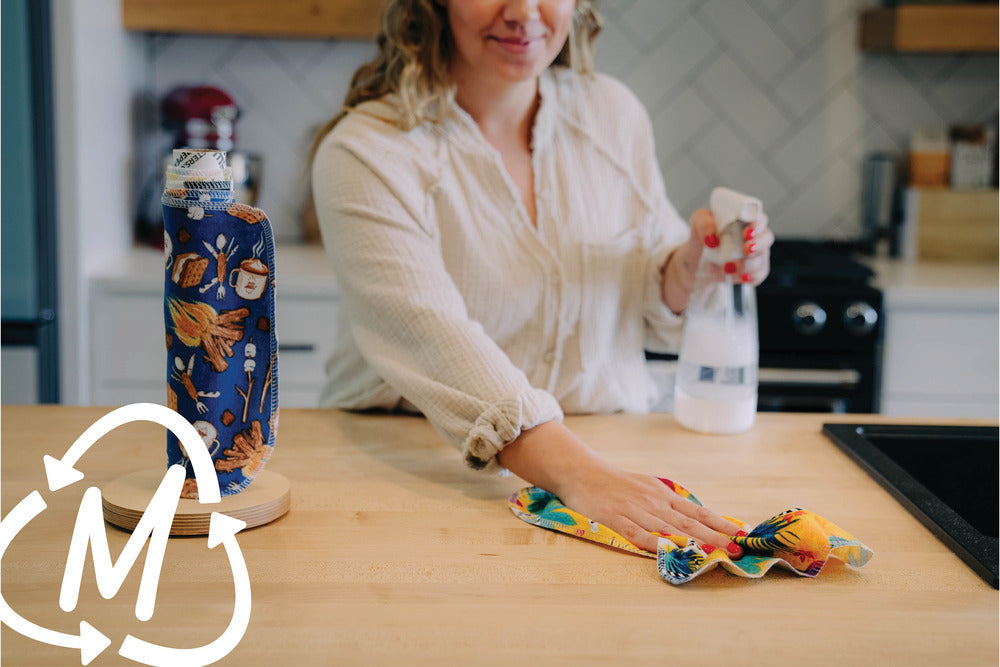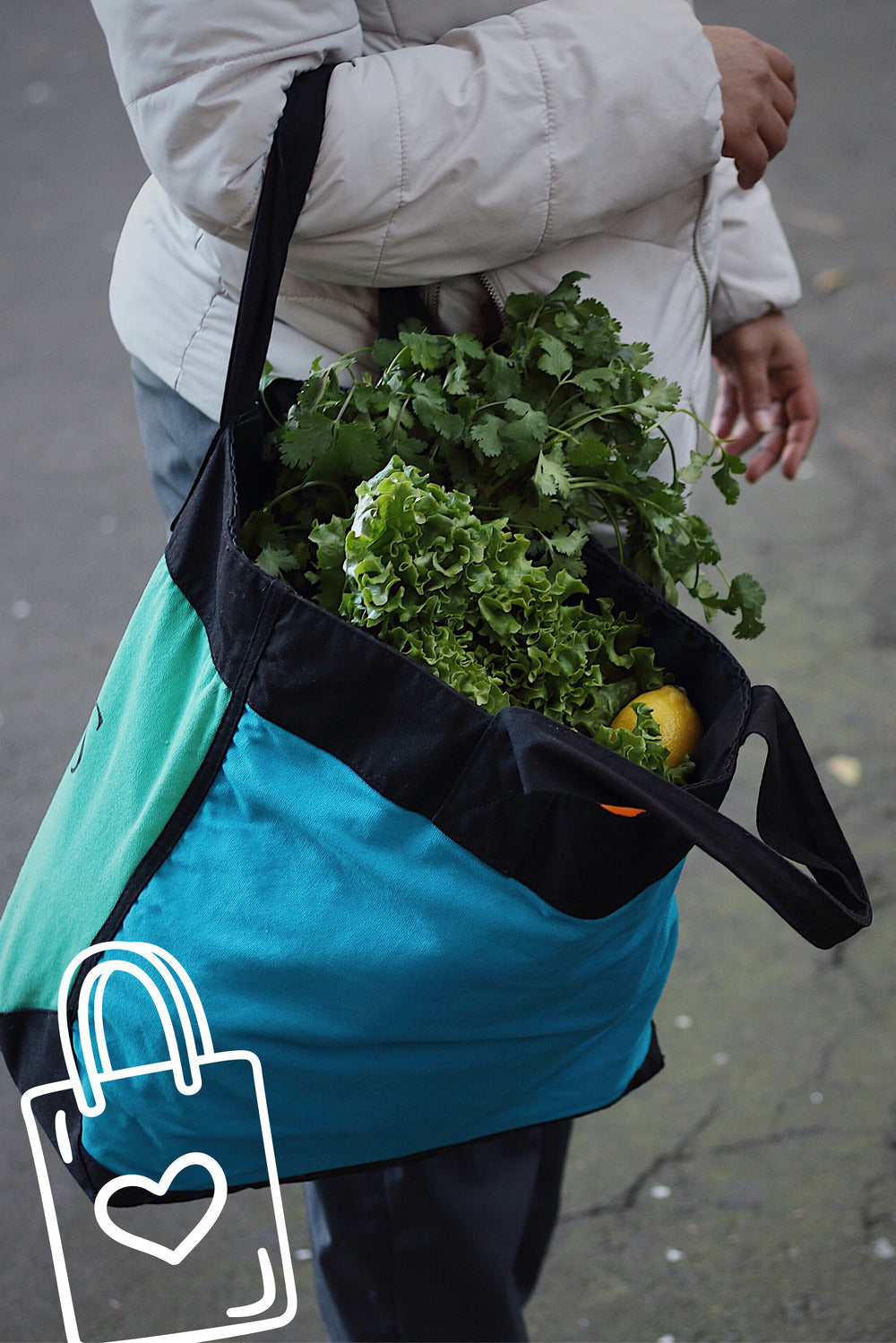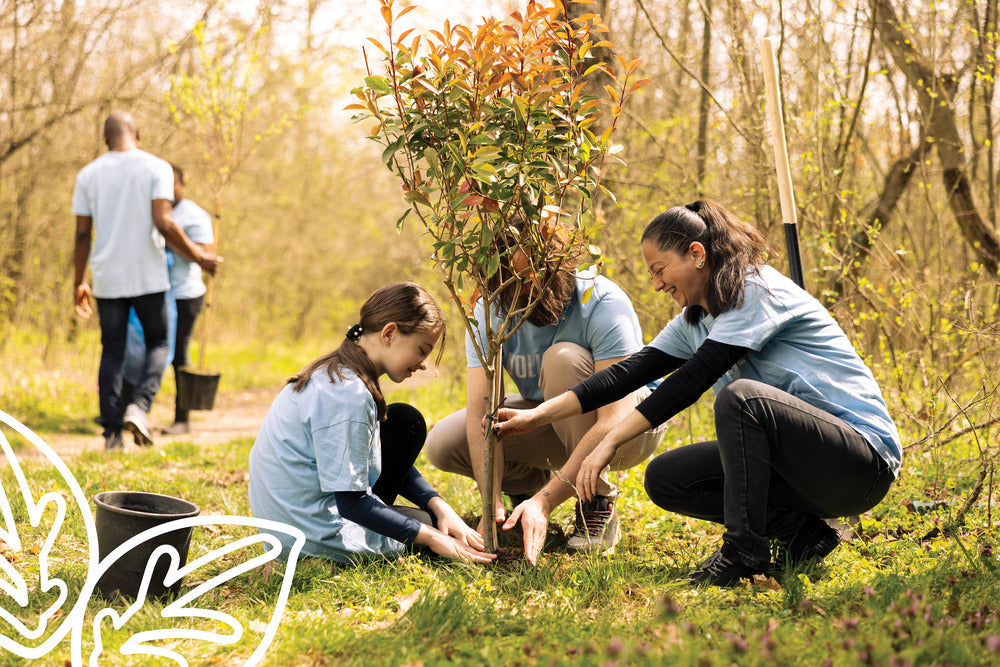Halloween is a time for fun, creativity, and, of course, candy, but it can also result in significant waste—from discarded costumes and decorations to mountains of candy wrappers. The good news is that with a little effort, you can still enjoy Halloween while making it eco-friendly. At Marley's Monsters, we are passionate about celebrating sustainably, and this guide will show you how to reduce waste on Halloween, create homemade snacks, compost your pumpkins, and more.
How to Reduce Waste on Halloween
Halloween festivities often generate an excessive amount of waste, much of which ends up in landfills. From single-use decorations to plastic candy wrappers, the environmental impact of this holiday can be significant. However, there are simple steps you can take to reduce waste without compromising on the fun.
One of the easiest ways to cut down on waste is by reusing what you already have. Instead of buying new decorations each year, repurpose items from previous Halloweens or craft your own decorations from materials you have around the house. For example, old bedsheets can be turned into ghostly figures, while cardboard boxes can be painted to create spooky yard displays. By reusing materials, you're keeping waste out of the landfill and reducing your carbon footprint.
Another way to reduce waste is by opting for reusable trick-or-treat bags instead of single-use plastic ones. A cloth tote bag, a pillowcase, or even a small basket can be used year after year, eliminating the need for disposable plastic bags that often end up as litter. Small actions like these can have a big impact on making Halloween more eco-friendly.
How to Be Eco-Friendly on Halloween
Being eco-friendly on Halloween is not as difficult as it may seem. Many of the changes you can make are small but meaningful. For example, you can choose eco-conscious decorations that are made from natural or recyclable materials, such as pumpkins, gourds, and hay bales. These items can be composted after the holiday, ensuring they don't contribute to landfill waste.
Another way to go green is by choosing costumes that are either secondhand or made from sustainable materials. Thrift stores are a great place to find unique costume pieces that can be reused, or you can get creative and make your own costumes using items you already own. If you do need to purchase a costume, look for those made from organic cotton or recycled fabrics.
Lastly, when it comes to treats, look for candies that use minimal or compostable packaging. Some companies now offer eco-friendly candy options, which means you can still hand out sweet treats without contributing to the plastic waste problem. Alternatively, you can offer non-candy treats, such as small toys or crafts, which can also cut down on waste and make for a memorable Halloween.
How to Make Homemade Snacks for Halloween
Making homemade snacks for Halloween is a great way to reduce waste while still offering delicious treats. By preparing snacks at home, you can avoid the packaging that comes with store-bought candy, which is often non-recyclable. Plus, homemade snacks allow you to use healthier, organic ingredients that you can feel good about sharing with friends and family.
Some easy ideas for homemade Halloween treats include cookies shaped like pumpkins or ghosts, popcorn balls, and rice crispy treats decorated with spooky designs. These snacks can be packaged in reusable containers or compostable bags, keeping waste to a minimum. If you're hosting a Halloween party, consider serving homemade punch in reusable cups instead of buying plastic bottled drinks.
For those looking to give out homemade treats to trick-or-treaters, be sure to package them in a way that's both sanitary and sustainable. Using small, reusable cloth bags or compostable paper bags can ensure your treats stay fresh while avoiding the single-use plastic that often accompanies store-bought candy.
Composting Your Pumpkins
After Halloween, many pumpkins end up in the trash, contributing to landfill waste. However, pumpkins are a natural material that can be composted, returning nutrients back to the soil instead of creating methane emissions in landfills. Composting your pumpkins is an easy way to dispose of them in an environmentally responsible manner.
To compost your pumpkin, start by removing any seeds or decorations. Seeds can be roasted for a tasty snack or saved for planting the following year. If your pumpkin was painted or decorated with non-compostable materials, be sure to remove those as well before placing it in your compost pile. Pumpkins break down relatively quickly in compost, providing rich nutrients for your garden.
If you don’t have a compost pile at home, consider donating your pumpkins to a local farm or community garden. Many farms are happy to accept pumpkins to feed to their animals or use as compost, ensuring that your pumpkin doesn't go to waste.
How to Recycle Candy Wrappers
Candy wrappers are one of the biggest sources of waste during Halloween, and unfortunately, most of them are not recyclable through traditional curbside programs. However, there are ways to recycle candy wrappers and ensure that they don’t end up in the landfill.
Some companies, like TerraCycle, offer recycling programs specifically for hard-to-recycle materials like candy wrappers. By collecting your wrappers and sending them to TerraCycle, you can ensure that they are properly recycled and repurposed into new materials, reducing the waste that would otherwise accumulate during Halloween.
You can also encourage trick-or-treaters and party guests to collect their candy wrappers and participate in these programs. Making recycling part of your Halloween tradition not only helps the environment but also teaches kids about the importance of waste reduction.

How to Repurpose Halloween Decorations
Instead of buying new decorations each year, think about how you can repurpose your existing Halloween décor. Many decorations can be stored and reused for several years, cutting down on the need to purchase new items annually. This is especially true for items made from durable materials like fabric or wood.
You can also get creative with your decorations by finding new ways to use them. For example, old string lights can be transformed into eerie, glowing ghosts or cobwebs, and last year's costumes can be used as part of your Halloween setup. By repurposing what you already have, you're not only saving money but also reducing the environmental impact of holiday decorations.
Finally, consider donating decorations that you no longer use to schools, community centers, or local theaters. These organizations often need seasonal decorations for events and performances, and donating your old items ensures they are reused instead of discarded.
Sources:
EcoWatch: How to Have a Zero-Waste Halloween
https://www.ecowatch.com/zero-waste-halloween-tips-2649006842.html
The Spruce: How to Be More Eco-Friendly During Halloween
https://www.thespruce.com/eco-friendly-halloween-tips-5092916
https://www.terracycle.com/en-US/brigades/candy-wrapper










